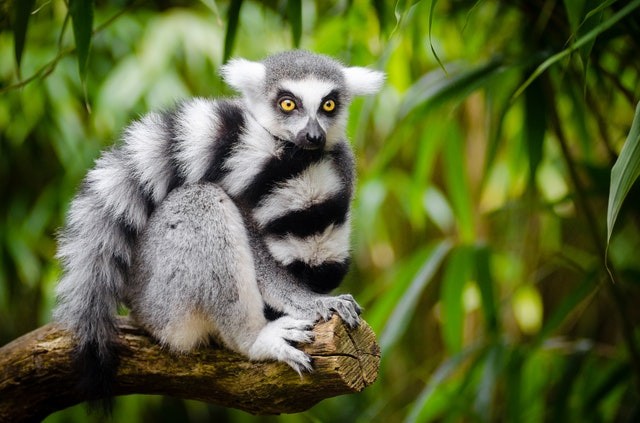Spring is on its way to North America and researchers are quietly happy. Little dwarf lemurs are waking up after several months in hibernation. This is the first time that these hairy animals with fat tails have gone into a long hibernation in confinement.
A new study, which revived seasonal conditions to entice caged dwarf lemurs into hibernation just like the way their wild kin do in the western part of Madagascar, propose that these lemurs can go back to their wild sleeping ways after years of training in captive care.
A primate biologist, Erin Ehmke from the Duke Lemur Center where the study was done said that they have been able to replicate their wild conditions very well in order to get them to reproduce their natural pattern of hibernation.

Weather Environmental Extremes
The research findings should not only assist in improving care for dwarf lemurs in bondage but also give researchers new ways of researching the biological deceit hibernating animals make use of in weather environmental extremes.
Dwarf lemurs with fat tails are the best hibernators, using up to seven months hibernating every year depending on their situations. It is a severe survival tactic that many mammals make use of for going on 250 million years.
The Science of Hibernation
Dwarf lemurs which make use of fat stores in their tails to survive the Madagascan winter are really the closest hibernating mammal relative.
To save power in hibernation, these mammal's heart rate almost die, even their body temperature drops, and the way they breathe reduces to the point where researchers have noticed one hibernating lemur use over 20 minutes between breaths.
Investigating animals that hibernate is more complex than an envious curiosity for researchers, as it might one day actually improve human health.
Although it stays within the arena of science fiction for now, scientists are researching into the science of hibernation in order to find ways to assist people get through long-distance space flights, thereby making surgery safer, and probably even prevent disease.

Eight Fat-Tailed Lemurs
In this research, the team of scientists observed eight fat-tailed dwarf lemurs, the offspring of a some wild animal taken to the Duke Lemur Center years ago, for a medium-term artificial winter to know if these dwarf animals could hibernate compared to their wild counterparts.
Whether this disruption is just temporary to the pattern of hibernation or because fat-tailed lemurs in captivity have lost the physiological ability to go in hibernation still remains a little bit strange.
The scientists revealed that dwarf lemurs do indeed have the capability to sustain medium-term hibernation in bondage, agreeing to the idea that hibernation is hardwired in these mammals biologically and can be reactivated under a conducive environment.
Before fueling down, the animals were fitted with radio transmitters to calculate their heart rate and temperature of their skin and caved in snugs controlled by temperature, caged with wooden boxes made to replicate tree hollows.
For more news, updates about lemurs and similar topics don't forget to follow Nature World News!
© 2025 NatureWorldNews.com All rights reserved. Do not reproduce without permission.





